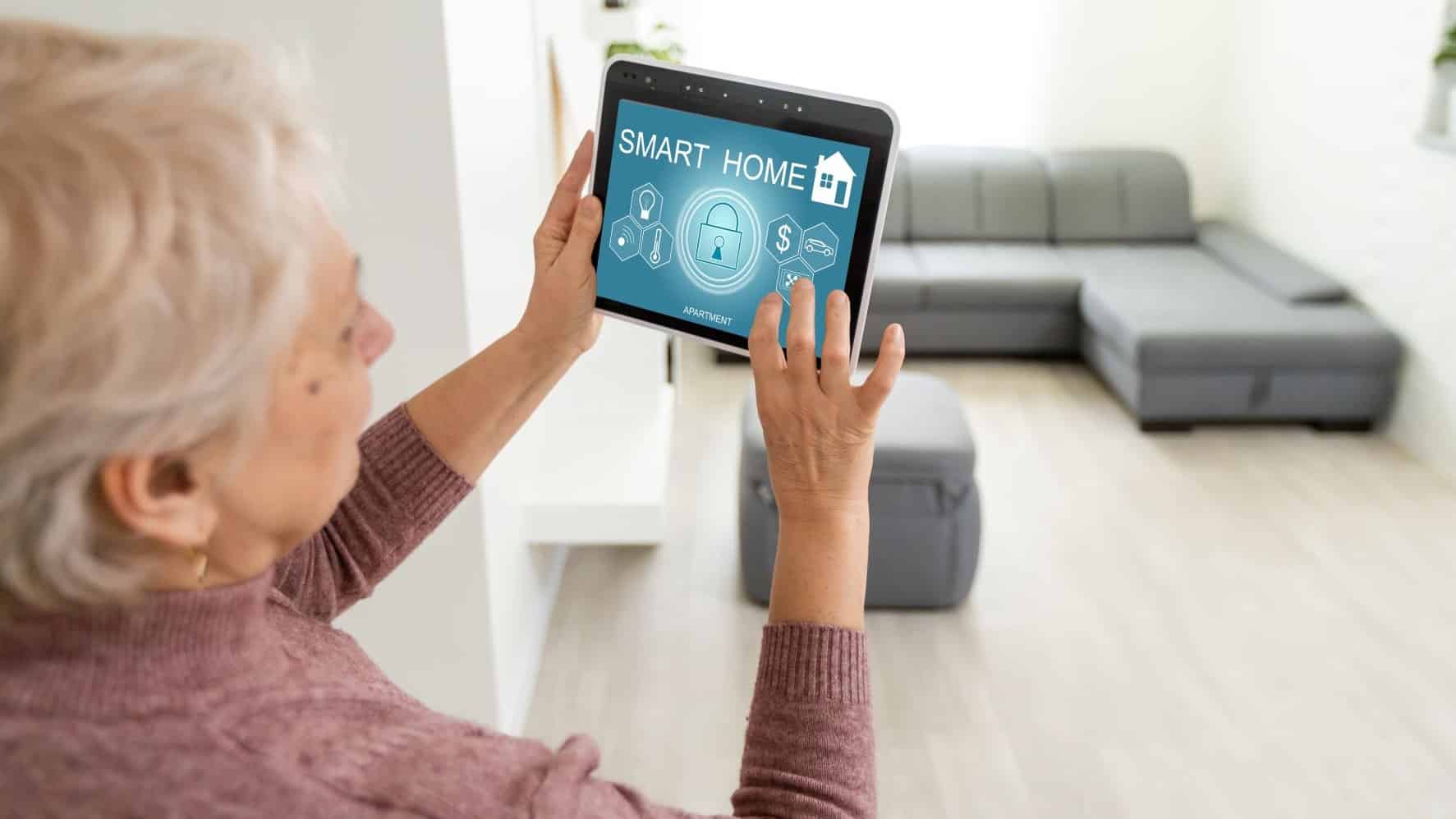Author
Beth Bullard , Occupational Therapist
Close

26 Jul 2022 | ~4:08 Engagement Time
Getting through everyday activities can be tiring and frustrating without the right tools and adaptations. Moving around, reaching for things, and manipulating equipment in your home or office can all pose challenges when you have multiple sclerosis. The good news is that there are as many gadgets, gizmos, and tools as there are tasks to do. Many are available in stores or online, while others are best accessed with the help of the physical and occupational therapists on your healthcare team.
How do your favorite tools and gizmos stack up to these? Remember, the human mind is our most incredible tool. If you are unable to locate the exact gadget you need, invent one!
Keep Learning